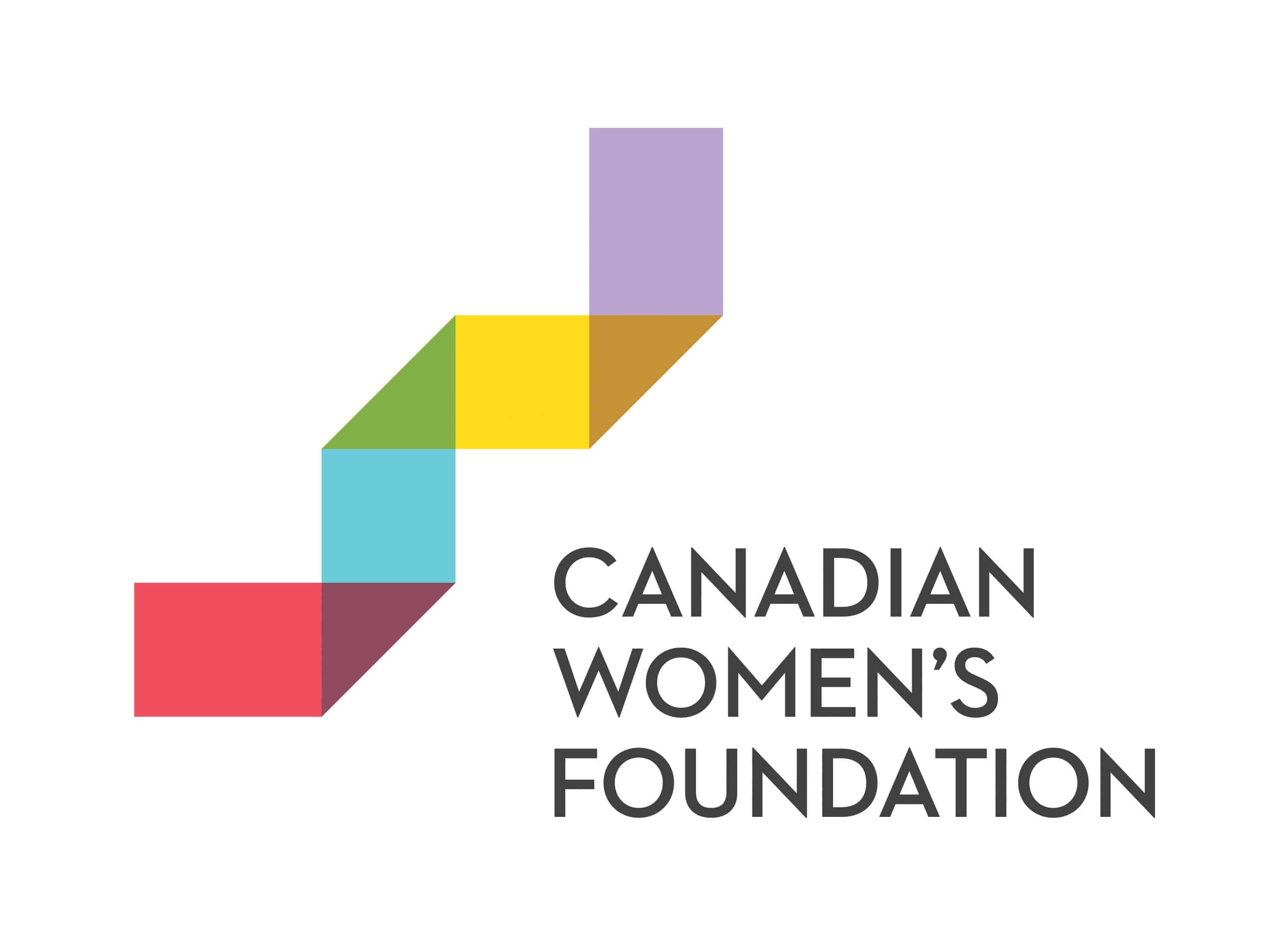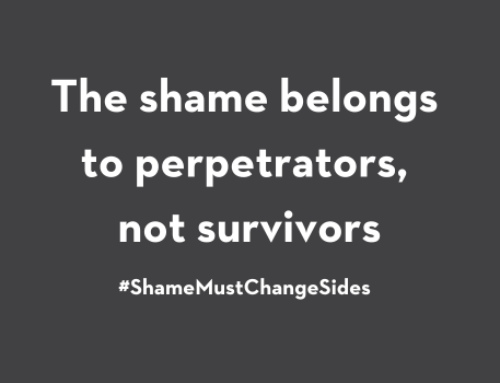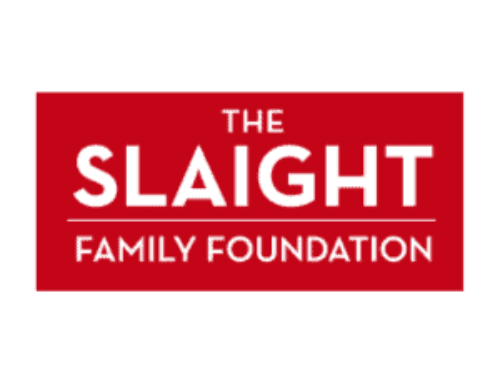
In 2011, Canada was ranked 9 among 12 North American and European countries in an analysis of access to justice. Increasingly, the gap between who qualifies for legal aid and who can afford legal advice and representation widens. And like with most social issues, women are impacted in more profound and complex ways. Double, triple or even quadruple that impact for those who sit at the intersectionality of gender, race, culture, socioeconomic or immigration status. The result is an astounding number of women self-representing in civil or family court matters, or feeling completely helpless as the victim in the midst of criminal court proceedings.
As a Court Support Worker, I provided emotional and practical support as well as safety planning and risk assessment to women who were victims of domestic violence or assault and were attending criminal court or family court. Often, it was both. This was the situation that my client above was facing. She was navigating several areas of the legal system concurrently, with little to no resources available and all while fearing for her safety and the safety of her children.
She had done what we are told is the right thing and called the police on her abusive partner, and was fortunate enough to be able to move in with a friend with her 3 children in tow. She was lucky; so many women don’t have that level of support available. She had secured a peace bond against him, but had to call the police several times after he continued to call her, show up at her place of work and the children’s schools. This happened with increasing frequency when he was served with divorce papers. After none of those incidences was he arrested, despite her adamantly expressing fear for her safety. Now she was facing him in family court for spousal support and child custody while awaiting the time when she would need to testify against him in criminal court. This means that while she was attempting to ensure her safety by enforcing the peace bond, she was standing mere feet away from a man who had on several occasions threatened to kill her, discussing the logistics of sharing custody of her children. Unfortunately, the justice system can be discouragingly obtuse when it comes to the balancing act between criminal and family courts. The result is often women being forced to provide unsafe access to their children to their violent ex-partners, and violent ex-partners having ample opportunity to exploit family courts for their own purposes of continued abuse and harassment.
This could be the story of thousands of women in Canada. I will admit that at the time, I didn’t 100% believe my own answer when I said, “It will be more than worth it.” Because it wasn’t and still isn’t fair, or just, that someone brave enough to leave an abusive relationship should be made to feel by the system meant to protect her that maybe she shouldn’t have left because it would be easier and safer for her and her children. Because for all of the success stories, there are those who do not make it to the other side of this. They are the women featured in the headlines that refuse to call their murders what they really are: the result of the cycle of domestic violence and a complete failure of our justice system.
But because of programs that are focused on supporting women through these complicated processes and beyond, the success stories continue to grow. It cannot be underscored enough how important these initiatives are for women’s long term safety and freedom from violence. Working for the Canadian Women’s Foundation and seeing funding go to vital programs across the country like the Court Support Program at the Calgary Women’s Emergency Shelter gives me reason to believe that I can say to someone with 100% certainty, “It is always worth it, and we will help you.”
Learn More
Take Action
- Join GEN1. Become a monthly donor and help us build the first generation free of violence against women.
- Sign up for our e-newsletter to have our latest stories and resources sent to your inbox.
- Follow us on Facebook and Twitter to join a national conversation on gender equality.







